QR codes (Quick Response Codes) are becoming increasingly popular in this digital age. They can store a lot of information, are powerful, and extremely accessible. In addition to generating QR codes, can you track how many times a QR code is scanned? Yes, you can. Tracking QR code scans allows you to collect data about user interactions. Then you can optimize your strategy to ultimately achieve better results. This article aims to provide an in-depth guide on mastering QR code tracking, so without further ado, let's get started!
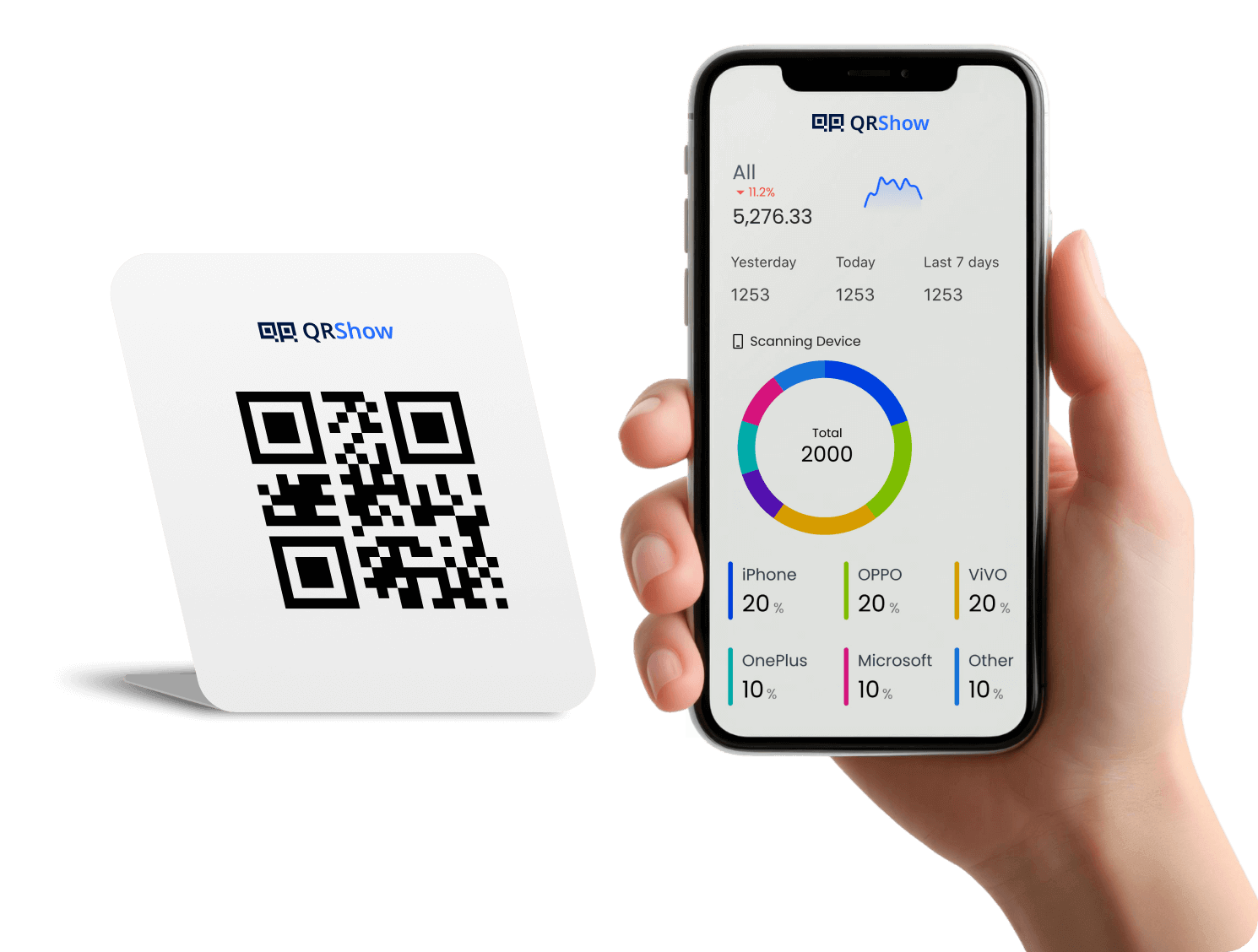
Part 1. Can QR Codes be Tracked?
Yes, QR codes can be tracked. However, not all QR codes can be tracked. There are two main types of QR codes: static and dynamic. Only dynamic QR codes can be tracked. Standard or static QR codes point to a fixed address and cannot be changed or tracked.
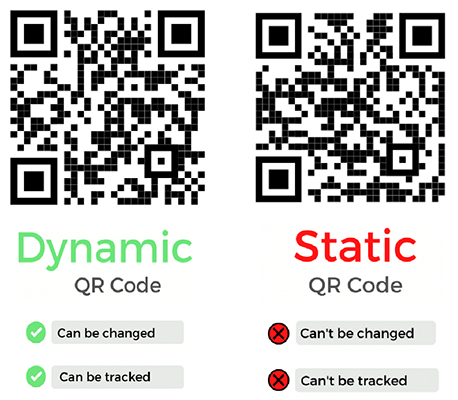
- Static QR codes: contain fixed information and cannot be changed once generated. Static QR codes are useful for people who want fixed information, but they do not provide tracking capabilities and cannot collect data about the number of scans or who scanned them.
- Dynamic QR codes: Unlike static QR codes, dynamic QR codes are changeable. You can change the content stored in the QR code even after it is distributed or printed. In addition, you can track real-time scan data by using a QR code generator that provides tracking capabilities.
Therefore, a QR code with tracker has an extra layer of functionality. It not only directs users to a digital destination; when a user scans the QR code, it can also record information such as the number of times it was scanned, when it was scanned, and where it was scanned. This process is completed very quickly, taking only a fraction of a second, and is completely transparent to the user. Read on to learn how to generate dynamic QR codes and track scans.
Part 2. How to Create a Trackable QR Code
As mentioned above, only dynamic QR codes can be tracked. Therefore, to create a trackable QR code, you need to use a professional QR code generator to generate a dynamic QR code.
Fortunately, iMyFone QRShow is such a trackable QR code generator. It can generate dynamic QR codes for a variety of content and track scans. Whether you want to convert files such as Excel, PPT, Word or text, pictures, URLs, etc. into QR codes, QRShow can do it. And the operation is very simple, saving time and effort. Here is a step-by-step guide on how to make a trackable QR code.
Step 1: Choose a QR Code Generator
Choose a QR code generator that supports dynamic QR codes and offers tracking capabilities. Here we show you the process with iMyFone QRShow. Navigate to its website and sign up for your free account.
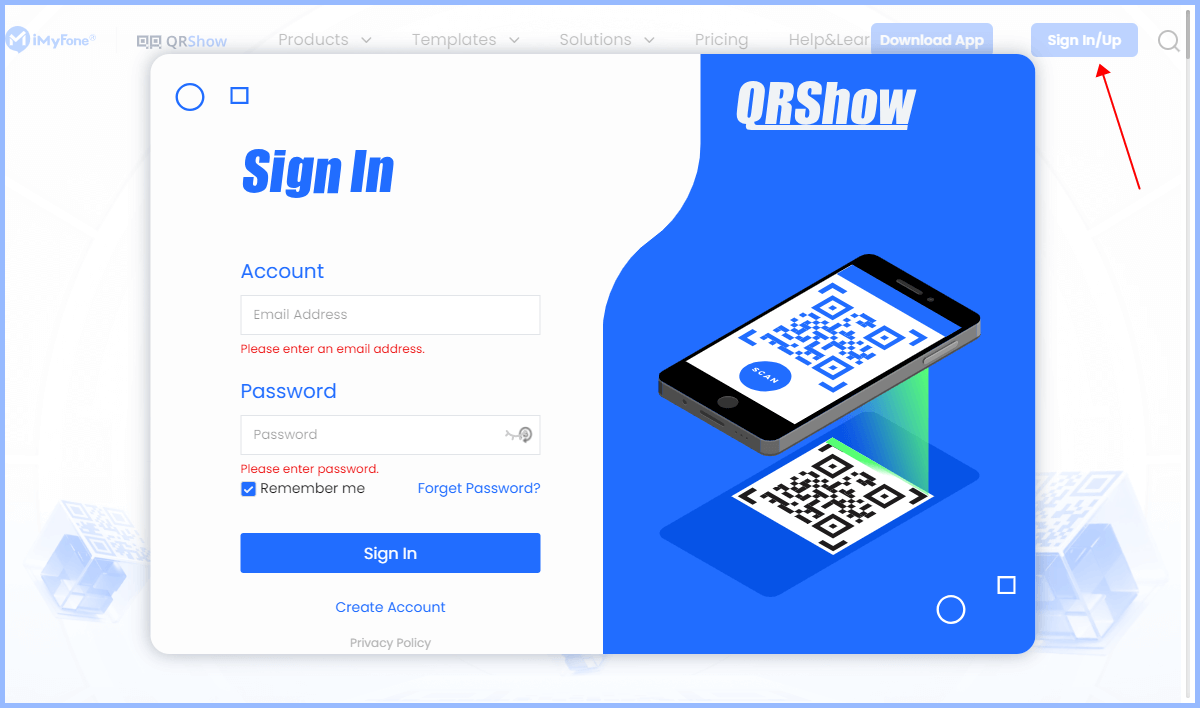
Step 2: Choose Dynamic QR Code and Upload Your File
After launch QRShow's dashboard, click 'My QR Code' > 'Create QR Code' > 'Dynamic QR code'. Then select the content you want the QR code link to. For example, if you want to convert form into QR code, choose 'Form'. Then upload your file to QRShow. (If you want to generate several QR codes at once, you can select 'Batch Croduction'.)
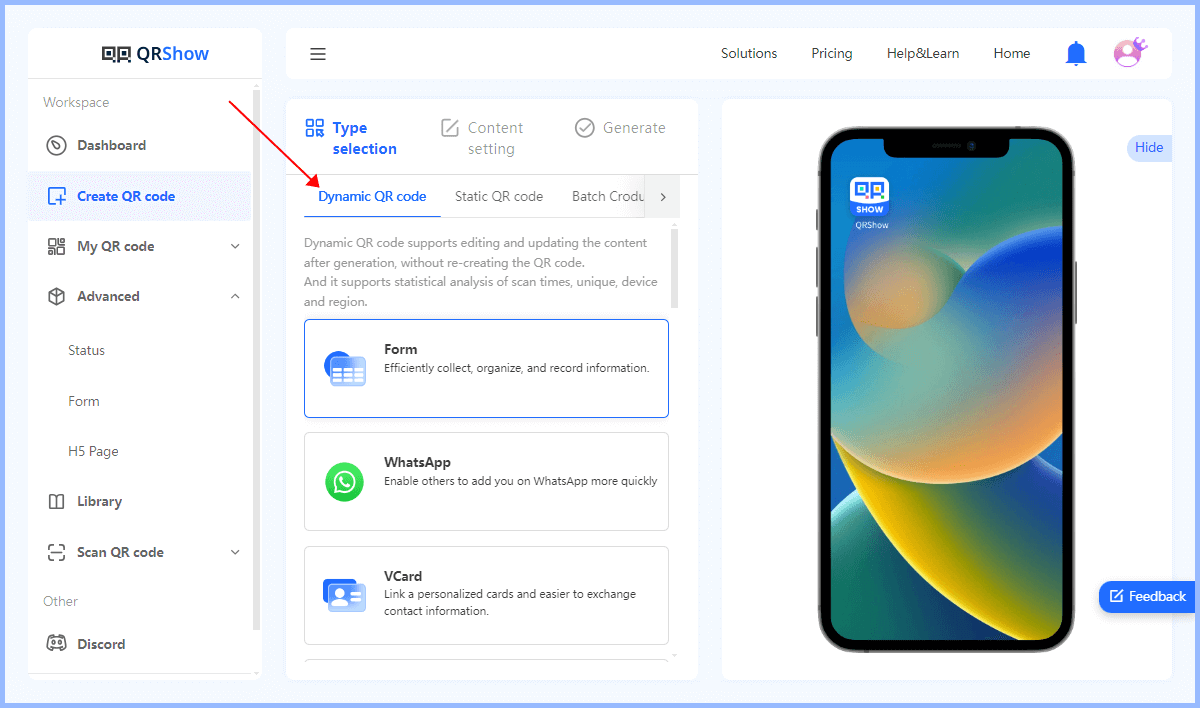
Optional: Customize Your QR Code
QRShow offers a variety of customization options including colors, templates, logos, etc. You can customize your QR code to make it more visually appealing or consistent with your brand.
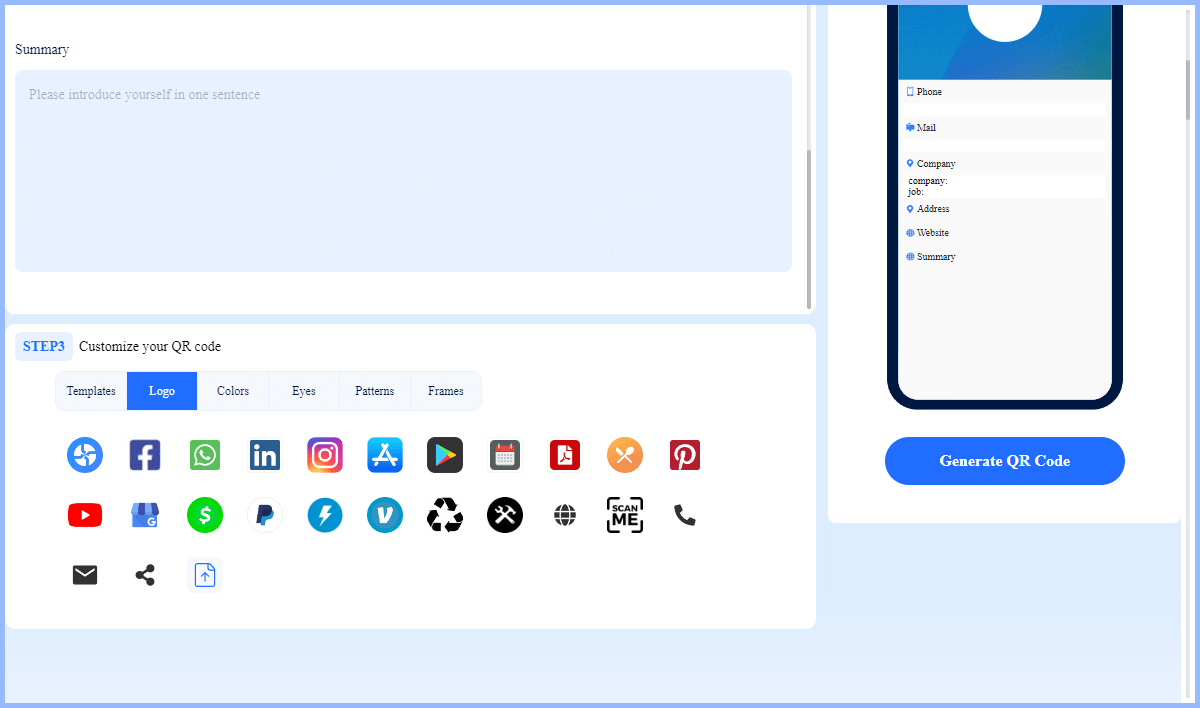
Step 3: Generate Your Trackable QR Code
Finally, click the 'Generate' button to generate a trackable QR code. QRShow will automatically create a unique short URL that redirects to your content and enables tracking. After that, you can download the generated QR code in your preferred format and distribute it through your desired channels.
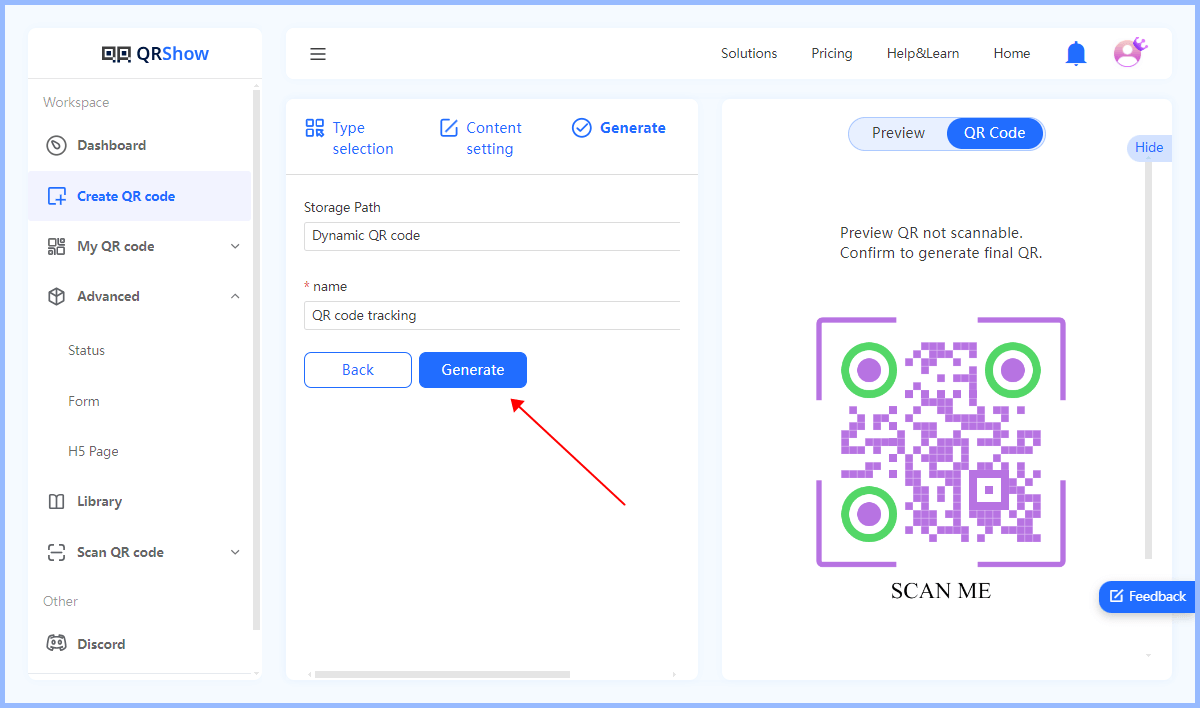
Part 3. How to Track QR Code Scans
iMyFone QRShow can track a variety of scan data. When a user scans your dynamic QR code, it will automatically record the scan time, date, location, and so on. These data can be easily accessed through the QRShow dashboard. You will be able to view detailed reports and analysis on the performance of your QR code. Next we will show you how to track QR codes through QRShow.
Step 1: Follow the tutorial above to make a dynamic QR code.
Step 2: Visit the QRshow dashboard and click 'My QR Code' > 'Dynamic QR Code'. Then select the trackable QR code you created earlier.

Step 3: Click the 'Analyze' icon (the fourth icon) to view the complete real-time scan data.

1. Scanning Number & Time (Total and Unique)
QRShow displays the number of times the QR code has been scanned, including one-time scans and repeated scans from the same device. You can also view a chart to show scanning trends.
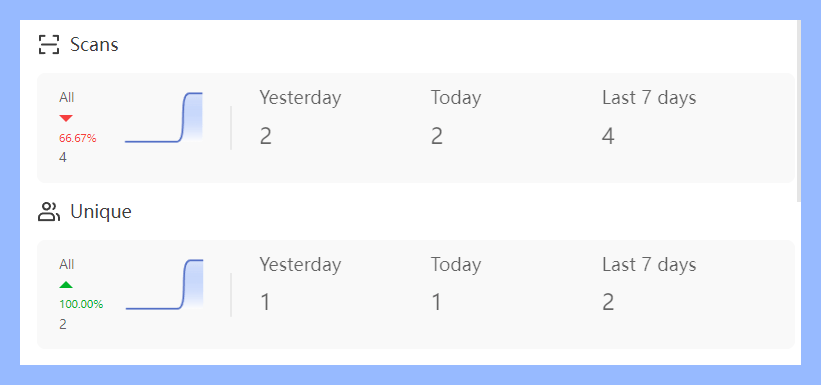
2. Scanning Devices
You can also track the device operating system that users use to scan the QR code and the percentage of completed scans. Knowing the device operating system that users use, Android or iPhone, will give you a rough idea of which device operating system your customers have, and you can customize your products for them.
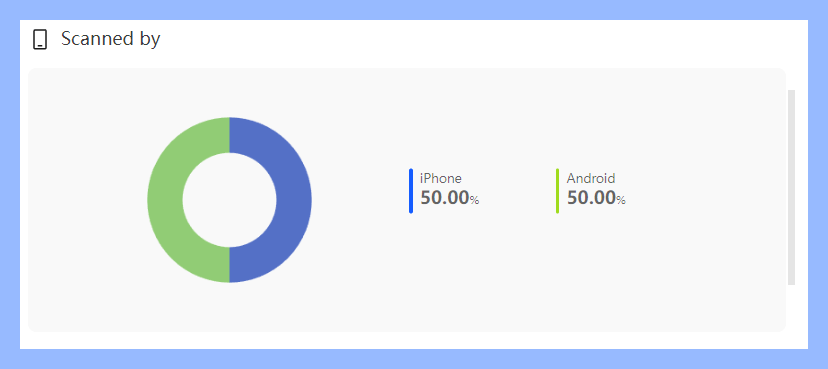
3. Scanning Region
Tracking the scanning countries of QR codes can benefit for multinational companies when they expand their global market. This is based on each device's IP address. You can use geographic demographics to tailor your marketing campaigns to specific audiences.
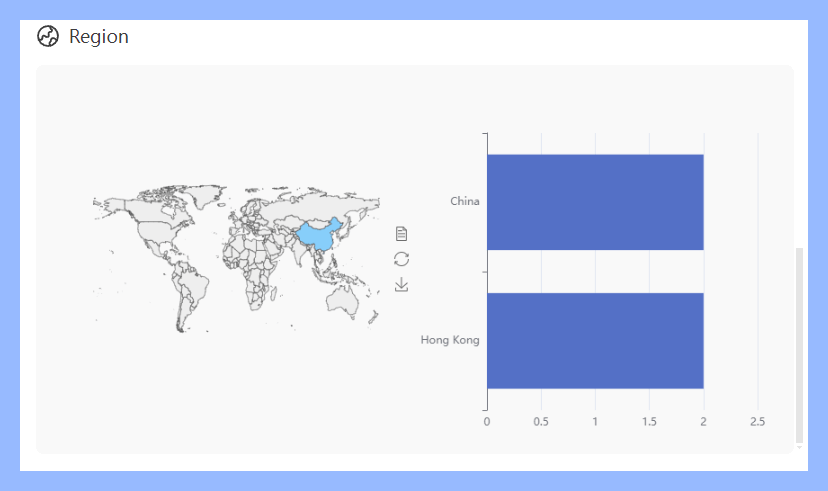
You are allowed to export all of your QR code tracking metrics as CVS files. In this way, you can share them easily.
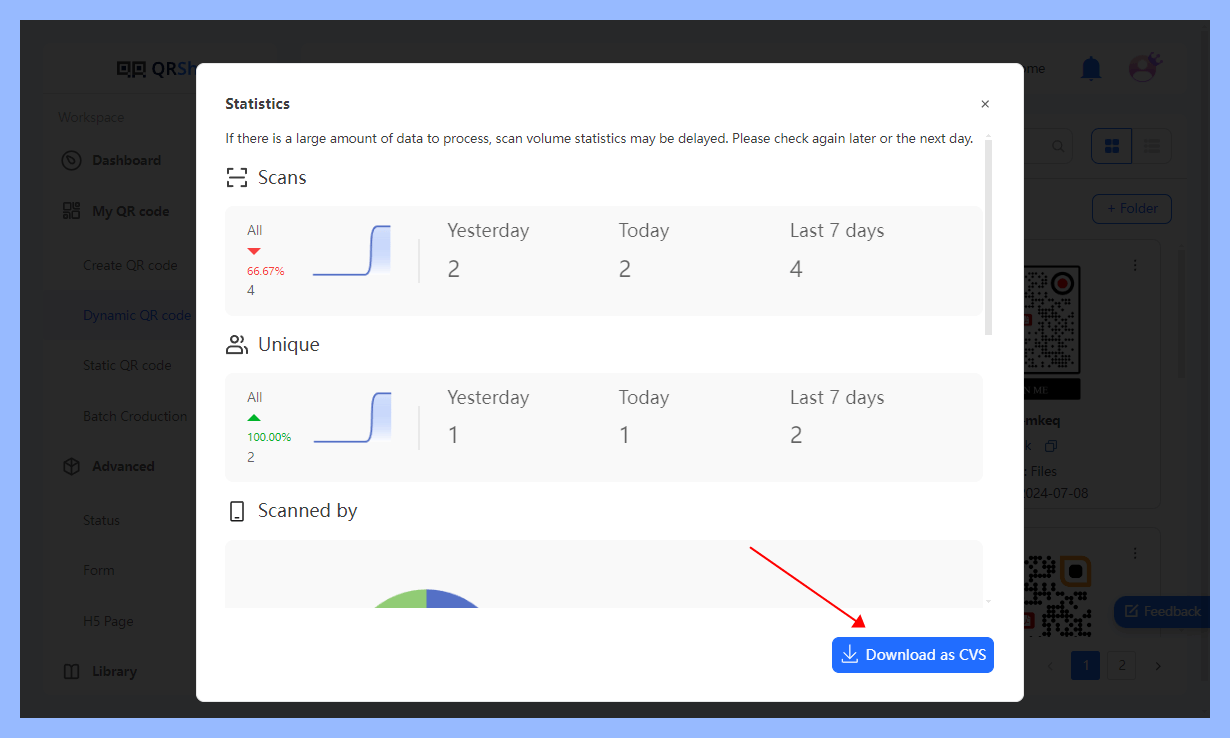
Part 4. How to Track a QR Code in Google Analytics
For those who want more advanced tracking capabilities, integrating QR code tracking with Google Analytics can be a game changer. Google Analytics 4 (GA4) is a powerful analytics tool that provides in-depth data on user behavior. By integrating QR code tracking with GA4, businesses can track user interactions beyond just the initial QR code scan.
For example, businesses can track what users do after scanning a QR code, such as which pages they visit, how long they stay on a page, and whether they complete a desired action (such as making a purchase or signing up for a newsletter). This can provide a more comprehensive view of user behavior and campaign performance.
Here is a step-by-step guide to help you use Google Analytics QR code tracking.
Step 1: Create a trackable URL with UTM parameters. UTM parameters are tags that can be added to your URLs for tracking performance in Google Analytics. Use a tool such as Google Campaign URL Builder (https://ga-dev-tools.web.app/campaign-url-builder/) to generate your own link with UTM parameters.
Step 2: Use a reliable QR code such as QRShow to ceate a trackable QR code for your link. You can refer to the previous section for specific steps.
Step 3: Now you can log in to your Google Analytics account use the UTM parameters you set before to track data.
Part 5. How to Effectively Use Tracking QR Code Data
Effective use of QR code tracking data can help you improve your marketing strategy. Here are some useful tips.
1. Analyze Audiences
Analyzing the number of QR code scans, geographic location, operating system, etc. can customize marketing information and content to better meet the needs of the audience.
- Number of scans: This can help you analyze the popularity of your QR code campaign.
- Time and Date: This helps you identify peak times for user engagement and therefore when to launch your campaign.
- Geo Data: Capture the geographic location of users who scanned the QR code so you can customize marketing for users in your area.
- Device and OS Information: This can help you understand regional engagement.
2. Optimize Marketing Strategy
A/B testing: You can use different QR code designs, display locations, etc. to conduct A/B testing to find out which one is more beneficial to your marketing strategy.
Part 6. FAQs about QR Code Tracking
A QR code with tracking capabilities is a unique QR code that is recorded every time it is scanned. Generally, data related to QR code scans can be monitored and tracked in real time. This includes the number of scans, the user's geographic location, device type, etc.
When you create a QR code using the QR Code Generator tracking tool, the tool assigns a unique URL to the QR code. This URL is automatically embedded in the QR code, and when a user scans the QR code, they are first taken to the tracking URL. The QR Code Tracker then records the scan data (such as the time, date, and location of the scan). The entire process takes only a fraction of a second and is completely transparent to the user.
QR code tracking can provide valuable insights into user behavior. By analyzing scan data, businesses can learn more about customer preferences and habits. These insights can be used to customize marketing strategies and increase customer engagement.
You need to create a dynamic QR code using a QR code generator with tracking capabilities. You can then edit and track it even after printing. With iMyFone QRShow, you can monitor various metrics in its dashboard, including: number of scans, scan location, scan time, etc.
Conclusion
Mastering the art of QR code tracking can provide businesses with valuable insights and a competitive edge. By leveraging a QR code with tracking, businesses can measure the impact of their QR code campaigns, gain a deeper understanding of their customers, and make more informed marketing decisions. Whether you're a small business owner or a marketing professional, QR code tracking is a skill worth learning.






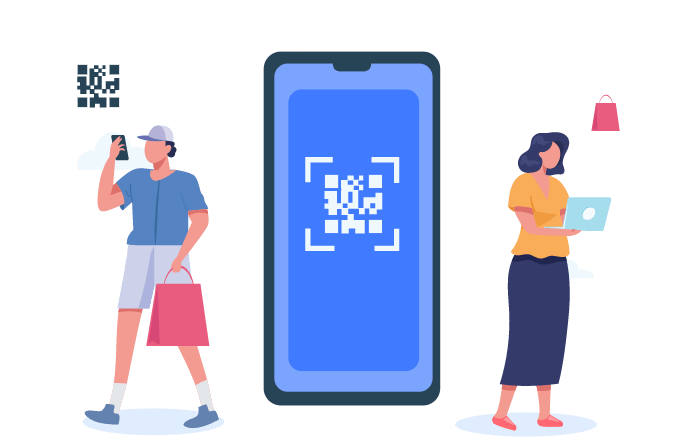


Rated Successfully!
You have already rated this article!